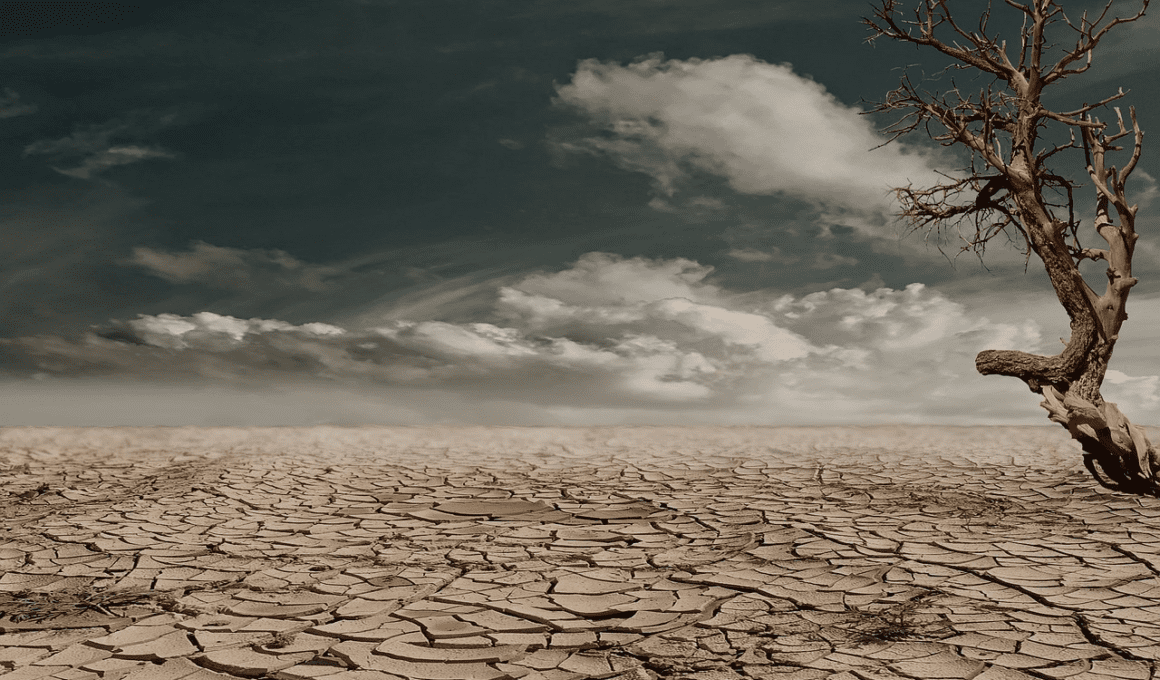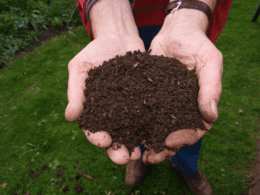Are you looking to improve the quality of your garden soil? When it comes to gardening, topsoil and compost are two of the most commonly used soil amendments. However, they have different properties and uses.
In this article, we will compare and contrast topsoil and compost to help you determine which is better for your gardening needs.
Topsoil is the top layer of soil in an area and is essential for a healthy garden. However, it often lacks organic matter and nutrients that plants need to thrive.
Compost, on the other hand, is made from decomposed natural materials and is rich in nutrients, minerals, and beneficial microorganisms that can improve soil health.
Both topsoil and compost can be used to improve soil quality, but which one is better for your garden? Keep reading to find out.
Quick Takeaways
- Topsoil is essential for healthy plant growth but often lacks organic matter and nutrients.
- Compost is rich in nutrients, minerals, and beneficial microorganisms and greatly benefits garden soil.
- Mixing topsoil with compost improves soil structure, reduces compaction, increases water retention, and improves drainage.
- Using both topsoil and compost together creates a healthy and nutrient-rich soil, maximizing the benefits for a garden.
Can Pistachio Shells Be Used as a Compost Ingredient?
Pistachio shells as compost ingredient work wonders due to their high carbon content. These shells break down slowly, providing aeration and preventing compaction in the compost pile. As they decompose, they enhance the overall nutrient value while improving moisture retention in the soil. Utilizing pistachio shells as compost is a sustainable and eco-friendly choice.
Topsoil Properties
If you’re wondering about the properties of topsoil, it’s important to know that it’s the top layer of soil in an area. This layer often lacks organic matter, which can lead to nutrient deficiencies for your garden. However, topsoil is necessary to provide a foundation for healthy plant growth.
Topsoil composition can vary depending on the location and source. It’s important to ensure that the topsoil you use is of good quality and contains enough nutrients for your plants. While topsoil is cheaper than compost, it’s not as nutrient-rich. That’s why it’s recommended to mix topsoil with compost to improve soil structure and provide the necessary nutrients for healthy plant growth.
Compost Benefits
You can greatly benefit your garden by using compost instead of topsoil alone. Compost is rich in nutrients, minerals, and beneficial microorganisms that can improve soil structure, increase water retention, and support healthy plant growth.
Composting methods can vary, but it involves decomposing natural materials like food scraps, leaves, and grass clippings to create a nutrient-rich soil amendment. The nutrient content of compost is what makes it an excellent addition to your garden.
It can provide your plants with essential nutrients like nitrogen, phosphorus, and potassium that they need to grow and thrive. Additionally, compost can reduce soil compaction and improve drainage, making it easier for your plants to absorb water and nutrients.
Using compost is a sustainable and cost-effective way to improve your garden’s soil quality and support healthy plant growth.
Using Both for Gardening
To maximize the benefits of your garden, consider using both topsoil and compost together. By combining the two, you’ll create a healthy and nutrient-rich soil that will help your plants thrive.
Mixing topsoil with compost will improve the soil structure, reduce compaction, increase water retention, and improve drainage.
When using both topsoil and compost together, there are some gardening techniques to keep in mind. For raised beds, mix equal parts topsoil, compost, and sharp sand. This will create a well-draining and nutrient-rich environment for your plants.
For pots, mix four parts topsoil to compost or top-dress with compost. Soil amendments like compost and topsoil can greatly improve the health and productivity of your garden.
Frequently Asked Questions
Can topsoil be made at home?
Yes, topsoil can be made at home using DIY techniques. Homemade topsoil has several benefits, including being cost-effective, customized to your needs, and free from harmful chemicals.
How long does it take for compost to turn into humus?
Compost decomposition takes about 3-6 months to turn into humus. Humus is a nutrient-rich substance that improves soil fertility, structure, and water retention. It also helps to reduce erosion, increase microbial activity, and support healthy plant growth.
Can compost be used as a fertilizer?
Yes, compost can be used as a fertilizer. It is rich in nutrients and beneficial microorganisms, which can improve soil structure and increase water retention. Properly apply by mixing with topsoil and avoiding using pure compost, which can result in nutrient or fertilizer burn.
Is it possible to overuse compost in gardening?
Be careful not to overuse compost in gardening. Compost management is important to avoid nutrient burn, unhealthy plants, and environmental impact. Use in moderation and mix with topsoil for best results.
How can I tell if my soil needs more topsoil or compost?
To determine whether your soil needs more topsoil or compost, consider the benefits of each. Topsoil benefits a healthy garden, while compost adds nutrients and improves soil structure. Mixing the two can provide optimal results.








